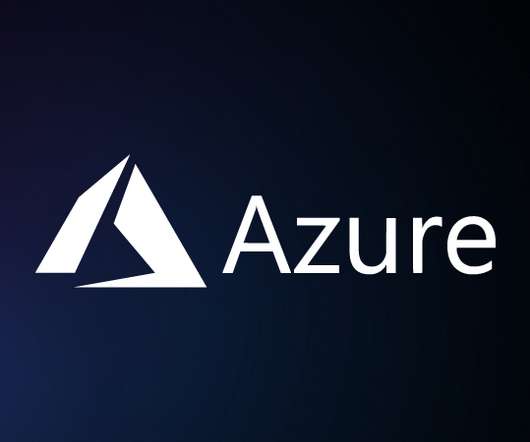Dynatrace Perform 2024 Guide: Deriving business value from AI data analysis
Dynatrace
JANUARY 23, 2024
‘Composite’ AI, platform engineering, AI data analysis through custom apps This focus on data reliability and data quality also highlights the need for organizations to bring a “ composite AI ” approach to IT operations, security, and DevOps. Join us at Dynatrace Perform 2024 , either on-site or virtuall y, to explore these themes further.












Let's personalize your content